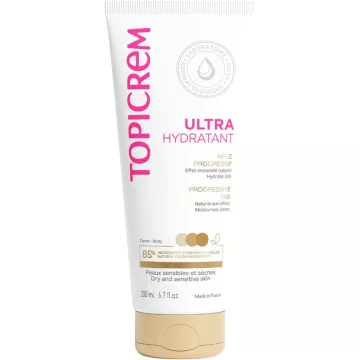

What is tanning and how does it occur?
Tanning is the process by which skin becomes darker or tanned through exposure to the sun. This phenomenon occurs when the sun's ultraviolet (UV) rays stimulate the production of melanin, the pigment responsible for skin color. Melanin acts as a natural barrier to protect the skin from UV damage, resulting in a darker hue.
What types of tanning are there?
There are two main types of tanning: natural and artificial. Natural tanning occurs through direct exposure to the sun, while artificial tanning is achieved through alternative methods such as tanning beds or self-tanning sprays.
What are the benefits of tanning?
Tanning can have a number of benefits, including improving appearance by giving the skin a healthy, natural glow. It can also contribute to the production of vitamin D, essential for bone and immune system health. However, it's crucial to tan responsibly to avoid skin damage.
How do I get the perfect tan?
To get the perfect tan, follow these tips:
What are the risks of tanning?
The risks associated with tanning, especially without adequate protection, include sunburn, premature skin aging, cellular DNA damage, and increased risk of skin cancer. It's vital to adopt safe tanning practices to minimize these risks.
How to maintain a tan
To maintain a tan, we recommend :
What's the difference between sunscreen and sunscreen cream?
Sunscreen and sunscreen are two types of sun protection products, but they work differently. Sunscreen, often called a physical filter, contains minerals such as zinc oxide or titanium dioxide, which reflect UV rays back to the skin's surface. Sunscreen, or chemical filters, absorb UV rays before they reach and damage the skin. Both types are effective, but the choice depends on your skin type, personal preferences and level of sun exposure.
Is it possible to tan through glass?
Yes, it is possible to tan through glass, but it depends on the type of glass. Most car and building windows block most of the UVB rays responsible for tanning, but allow UVA rays to pass through, which can contribute to premature skin ageing. Although the risk of tanning is reduced behind glass, unprotected UVA exposure can still cause long-term skin damage.
Are self-tanners safe?
Self-tanners are considered safe for most people when used correctly. They generally contain dihydroxyacetone (DHA), a substance that reacts with dead skin surface cells to temporarily darken the skin. However, it's important to follow application instructions to avoid uneven color, and to perform a skin test beforehand to detect any allergic reactions. Self-tanners do not provide UV protection, so the use of sunscreen remains essential.
How to repair sunburn?
In the event of sunburn, it's important to act quickly to soothe the skin and promote healing:
Is it possible to tan naturally without risk?
Risk-free tanning is possible by adopting a balanced, responsible approach: